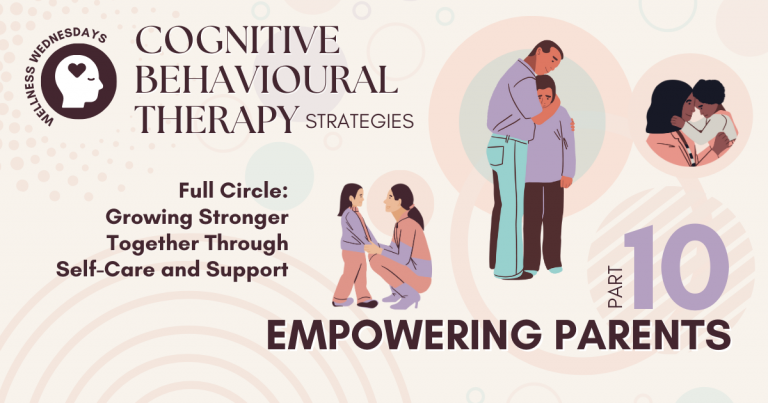To wrap up our series on Cognitive Behavioural Therapy (CBT) strategies, we are circling back to the heart of it all: the caregiver. We’ve discussed at length how we can support our children, but it’s just as important to reflect on how our own behaviours impact their progress. The way we handle challenges affects not…
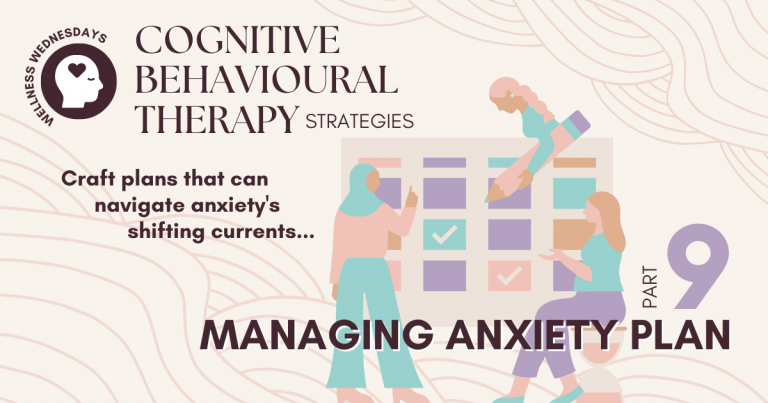
CBT Part 9: Managing Anxiety Plan
Anxiety is not a static condition; it evolves over time and can manifest differently as a child grows. This necessitates an approach that is both flexible and adaptive. A Managing Anxiety Plan (MAP) helps in identifying triggers, developing coping strategies, and setting realistic goals that can be modified as needed. Key Components of a Managing…
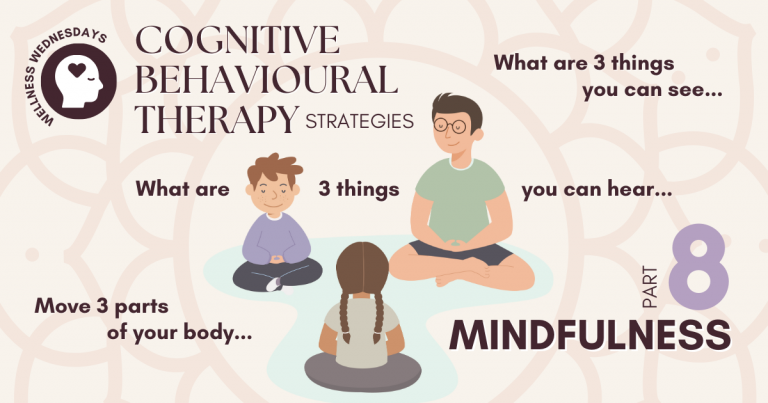
CBT Part 8: Mindfulness
Mindfulness is a powerful technique within Cognitive Behavioural Therapy (CBT), emphasizing the interconnectedness of thoughts, emotions, and behaviours. It helps children stay grounded, enhancing self-awareness and emotional regulation. Click HERE for a quick explanation of mindfulness for older children. Practical Methods for Mindfulness This practice can be tailored to fit individual needs. Recognizing each child…
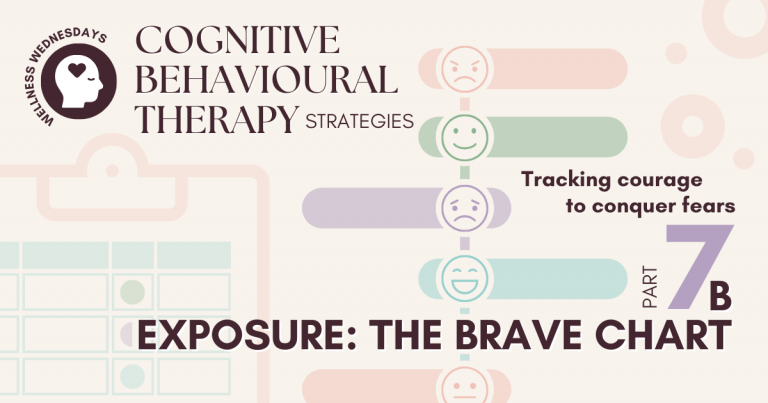
CBT Part 7B: Exposure & The Brave Chart
In Part 7A, we explored the foundations of Exposure as a CBT strategy and the effective use of the Fear Ladder to help children gradually face their fears and gain confidence. Building on that foundation, we now introduce additional tools to enhance the Exposure process, including the Brave Chart and Behaviour Experiments. These tools not…
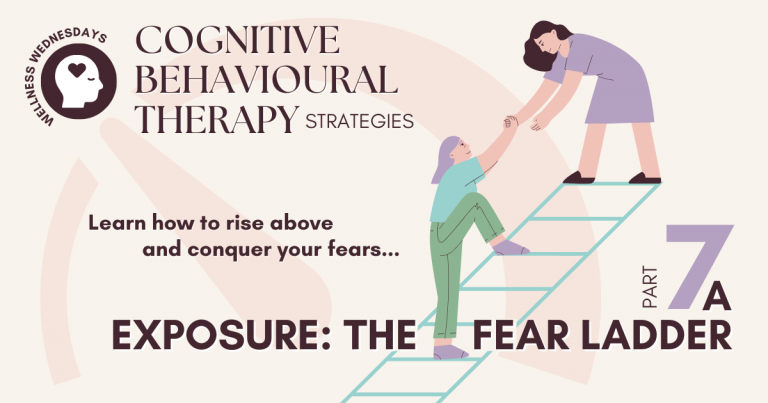
CBT Part 7A: Exposure & The Fear Ladder
Exposure, a cornerstone of Cognitive Behavioural Therapy (CBT), is particularly effective in treating anxiety in children and youth. By confronting feared situations or stimuli in a controlled manner, children learn to manage their anxiety and handle challenging situations. This process builds confidence and reduces the power of anxiety-provoking triggers over time, leading to long-term resilience…
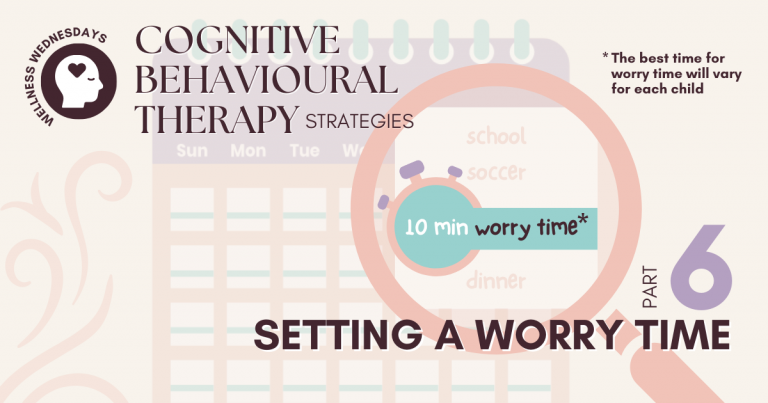
CBT Part 6: Setting a Worry Time
In our journey through Cognitive Behavioural Therapy (CBT) strategies, we’ve learned to manage emotions with validation, gained a better understanding of anxiety and its physiological manifestations, and explored ways to cultivate realistic and detective thinking. That’s a lot to take on. But as with any busy schedule, setting a dedicated time for it isn’t just beneficial—it’s…

CBT Part 5: Detective Thinking
Negative thoughts are common, but it’s crucial not to let them overwhelm our emotions. When we encounter such thoughts, we can pause to question their validity instead of accepting them as facts. This method of putting thoughts on trial can help us discern their accuracy and manage unhelpful thinking. Realistic Thinking and Detective Thinking are…

CBT Part 4: Realistic Thinking
Thoughts are constantly abuzz in the busy hive of a child’s mind. These thoughts, whether positive, negative, or neutral, play a significant role in shaping their feelings and actions. Learning to navigate these thoughts is essential for their emotional well-being. One powerful tool for this is Cognitive Behavioural Therapy (CBT), particularly the practice of Realistic…
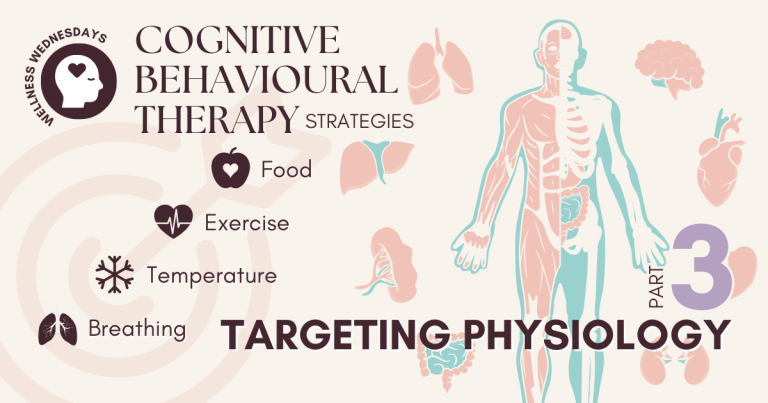
CBT Part 3: Targeting Physiology
Anxiety is a common concern for many parents. It’s natural for children to experience it from time to time, but when it becomes overwhelming, it’s important to have practical strategies to help them manage it effectively. One fundamental aspect of Cognitive Behavioural Therapy (CBT) that can be incredibly helpful is targeting physiology – understanding how…
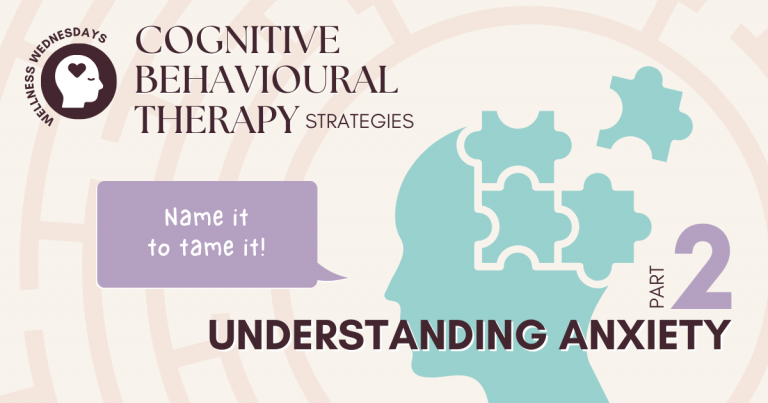
CBT Part 2: Understanding Anxiety
Anxiety is a natural and common response experienced by everyone, including children. As parents and caregivers, it’s vital to equip ourselves with knowledge about anxiety to support our children effectively. Cognitive Behavioural Therapy (CBT) emphasizes the significance of learning and teaching about anxiety as a fundamental strategy for managing it. Here’s why it matters and…

